Originally Published: January 19, 2025
La Canada, California
My Experience Investigating The Unknown
It was a mild day in November 30, 2016. It started as a curious growing Internet rumor: a UFO had been spotted at the Jet Propulsion Laboratory (JPL) in Pasadena, California. Satellite images from Google Maps showed what looked like a disc-shaped object sitting on the Mesa, a quiet area of JPL’s campus. As the news spread through social media and online forums, the world’s imagination took flight. People speculated wildly about what it could be—a secret government project, evidence of extraterrestrial life, or something else entirely.
As an investigator at JPL and the Deputy Chief Knowledge Officer, I felt a responsibility to look into it. Over the years, I’ve tackled all kinds of mysteries, from premature wear on the Mars Rover’s wheels to a magnetized piece of polyimide tape on the Juno spacecraft. But a UFO? That was new territory for me. I knew this was something that needed careful investigation, not only to uncover the truth but also to address the growing public interest.
A Call To Action
The Google Maps image was compelling. To the untrained eye, it looked like a classic flying saucer. The public fascination was intense, and conspiracy theories were running rampant. I reached out to David Oberhettinger, JPL’s Chief Knowledge Officer, and we agreed this needed immediate attention. If this really was a UFO, it would be a historic moment. If not, it was still our job to set the record straight.
I decided to take the lead on the investigation. Enlisting the help of JPL’s security forces, I arranged to visit the site personally. If this was an alien encounter, I figured it wouldn’t hurt to have some protection—and I’d also get to be the first human at JPL to make first contact.
The Journey to the Mesa
On my mission, I climbed into a JPL patrol car with a security officer. Driving up the winding road to the Mesa, I felt a mix of excitement and humor. The idea of investigating a UFO on JPL property was surreal. As we arrived, I saw the object in question. It was circular, metallic, and sitting quietly on the ground—exactly as it had appeared on Google Maps.
Accompanying me was a JPL manager and the security officer. We approached cautiously, ready for anything. And there it was: not a spacecraft, but a 4 meter RF (radio frequency) antenna. Its shiny, disc-like appearance had fooled the satellite imagery and sparked a growing wave of public speculation. I couldn’t help but smile at the simplicity of the explanation.
Unraveling the Mystery
In the course of my investigation, I discovered that JPL Senior Engineer Luis Amaro had originally purchased the 4-meter antenna to support testing of the Mars Science Laboratory's (MSL) Cruise Stage—the vital spacecraft component responsible for guiding and communicating with the Mars Curiosity Rover during its journey from Earth to Mars. The antenna was initially installed at JPL’s Mesa Antenna Range, utilizing its 3,000-foot signal path to rigorously verify the Cruise Stage's communication systems. After the tests were concluded, Luis directed the technicians to detach the antenna from its supporting struts, but without a designated storage location, they simply left the dish resting on the sliding rails at the east end of the antenna range. It was in that exact location where the antenna first appeared in the Google Maps satellite imagery. Sometime later, the dish was relocated to a grassy area nearby, which is where I eventually encountered it—quietly marking the completion of its role in one of humanity’s most ambitious interplanetary missions.
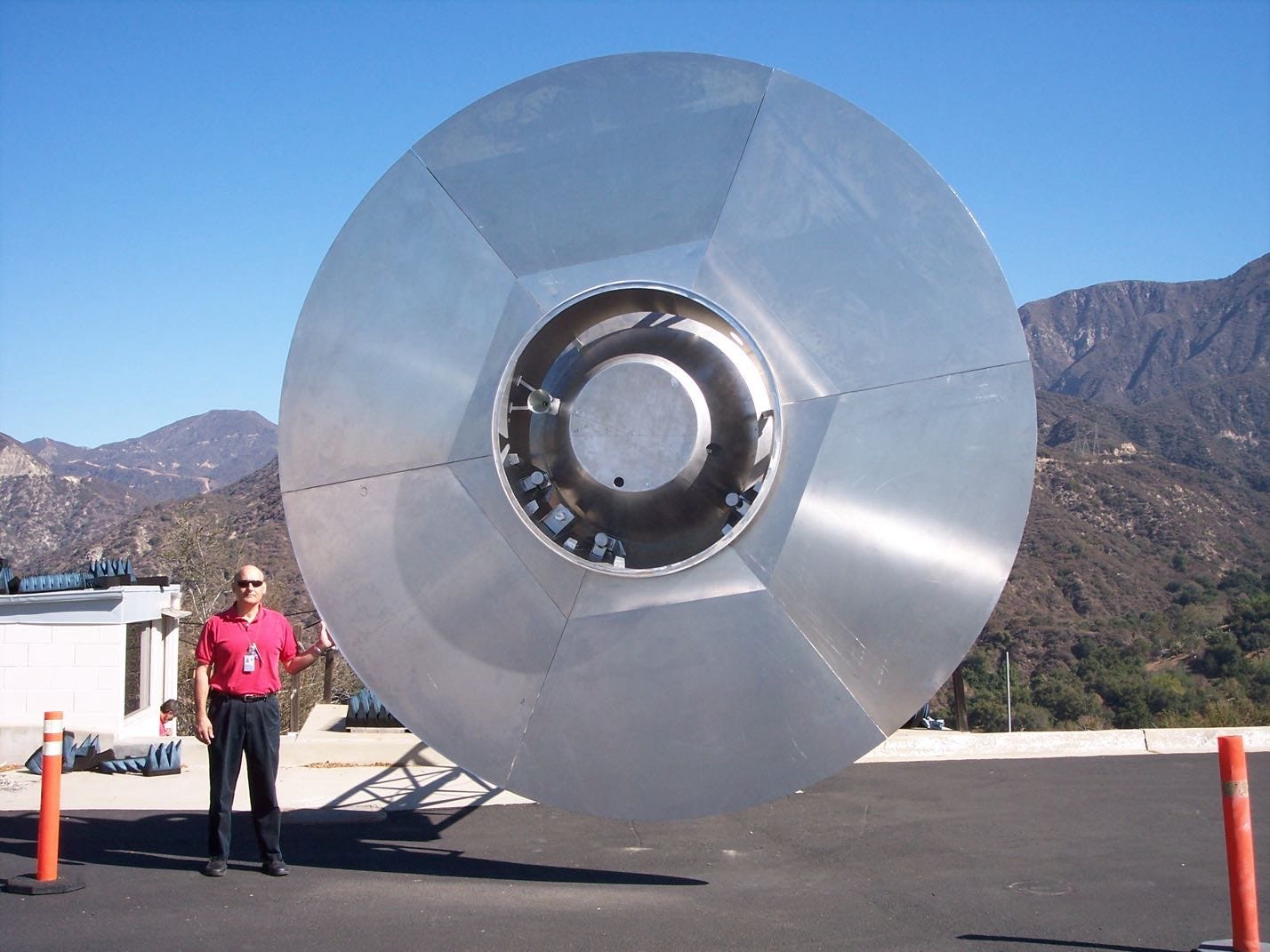
An Informal Solution
The next step was addressing the public’s curiosity. During the investigation, I was introduced to Dr. Nacer Chahat, an RF engineer who was familiar with the antenna dish. We brainstormed how to handle the situation, and Dr. Chahat came up with a brilliant idea. He posted a selfie with the antenna on Twitter, writing: “Here is what you think is a UFO. The only alien is me.” His humor and transparency immediately resonated with the public. The original tweet has since disappeared, but its impact was undeniable. The speculation died down, and JPL’s public relations team decided no further action was necessary.
Reflections on the Experience
This investigation became one of the more unique moments in my career. While I didn’t get any public credit or social media recognition, I take pride in knowing that my curiosity and initiative helped resolve the incident. It’s not every day you can say you’ve conducted a UFO investigation in an official capacity. And while the outcome was humorous, the process highlighted the importance of collaboration, clear communication, and maintaining a sense of humor.
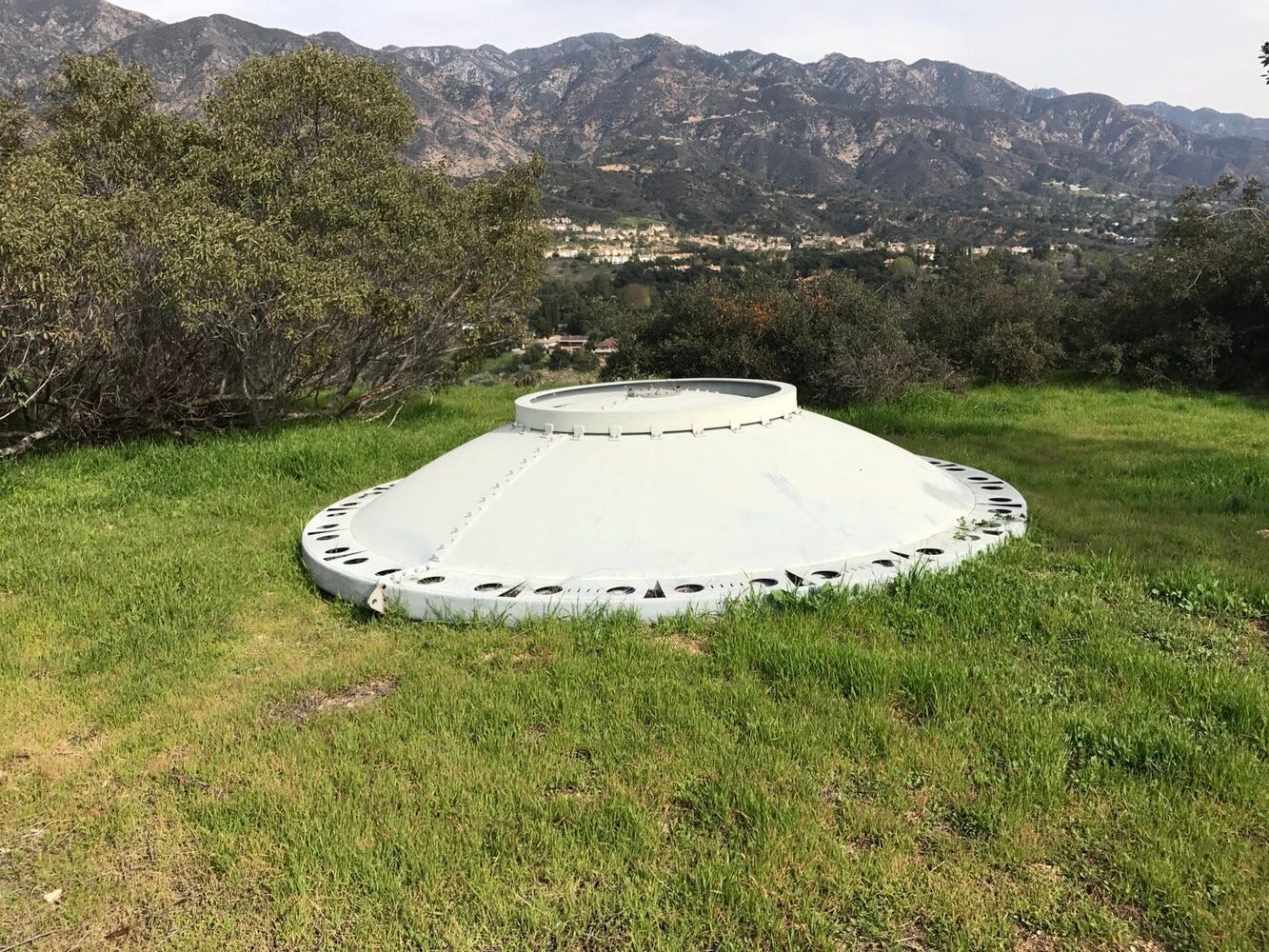
Lessons Learned
This story reminds me of the human side of science. It’s about the curiosity that drives us to seek answers, the teamwork that turns questions into discoveries, and the humor that keeps us grounded. I’ll always look back on this as a moment that combined the extraordinary with the everyday.
As I reflect on that day, I’m struck by how even a simple misunderstanding can ignite the world’s imagination. It’s a reminder that the search for truth, whether on distant planets or on the Mesa at JPL, is what makes science—and life—so endlessly fascinating.
-Charles White, Space Explorer and disappointed first contact emissary
Bonus Content:
The UFO That Landed At JPL...
The UFO That Landed At JPL… Touch The Sky Podcast audio conversation.
The Touch The Sky Podcast and Deep Dive Podcast is produced by Charles White. John and Ingrid are Artificial Intelligent Agents creating their content from public Internet sources and the actual article above.




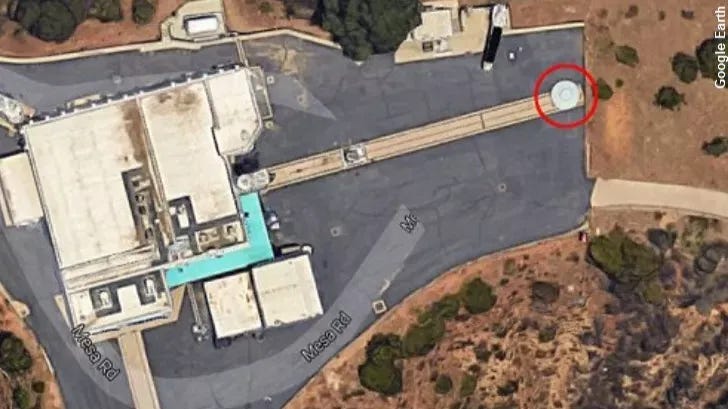
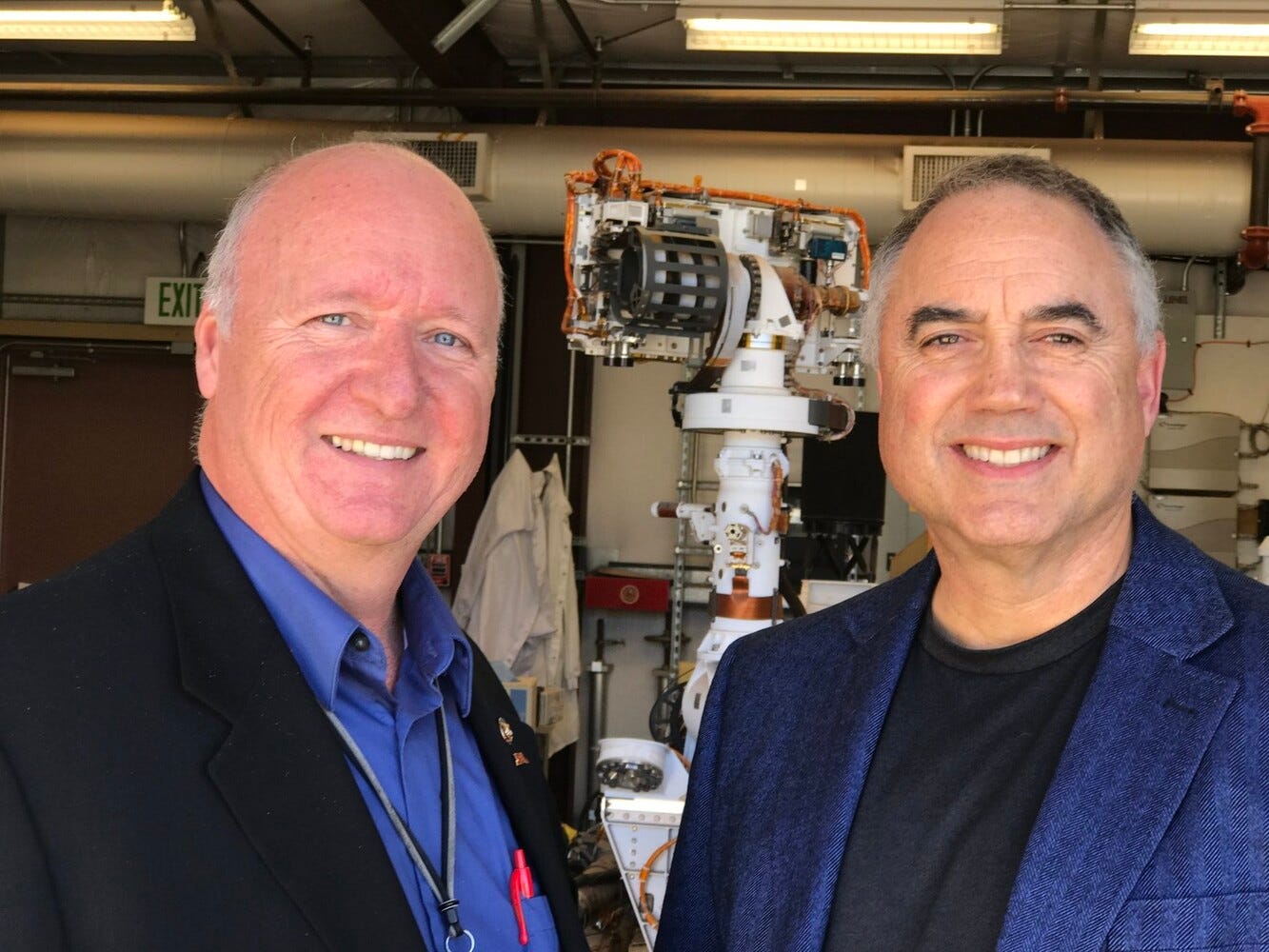



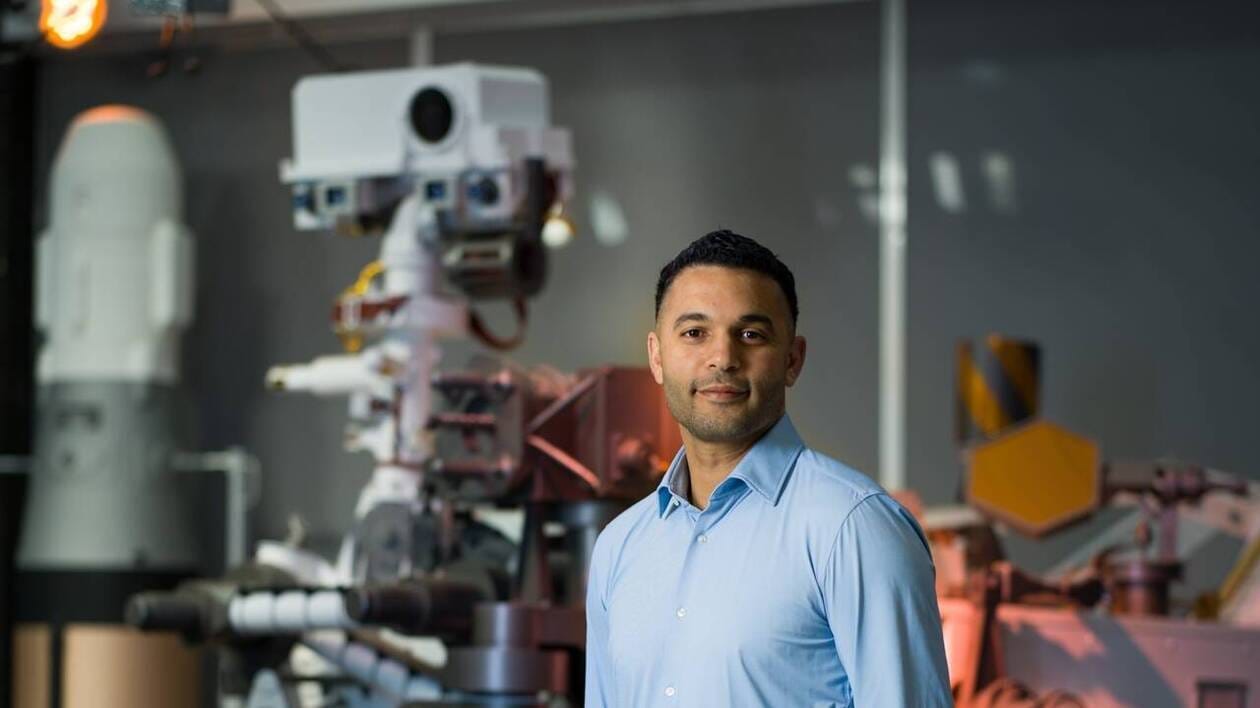



Good retelling as always and I feel privileged to have been on your committee.
I remember when you first told me this story. It's still a great story, even in the retelling.